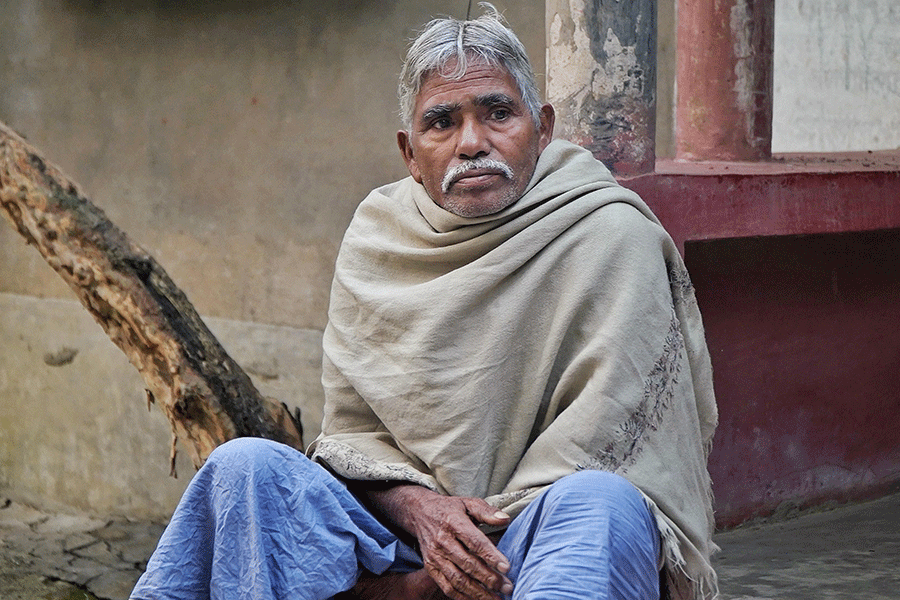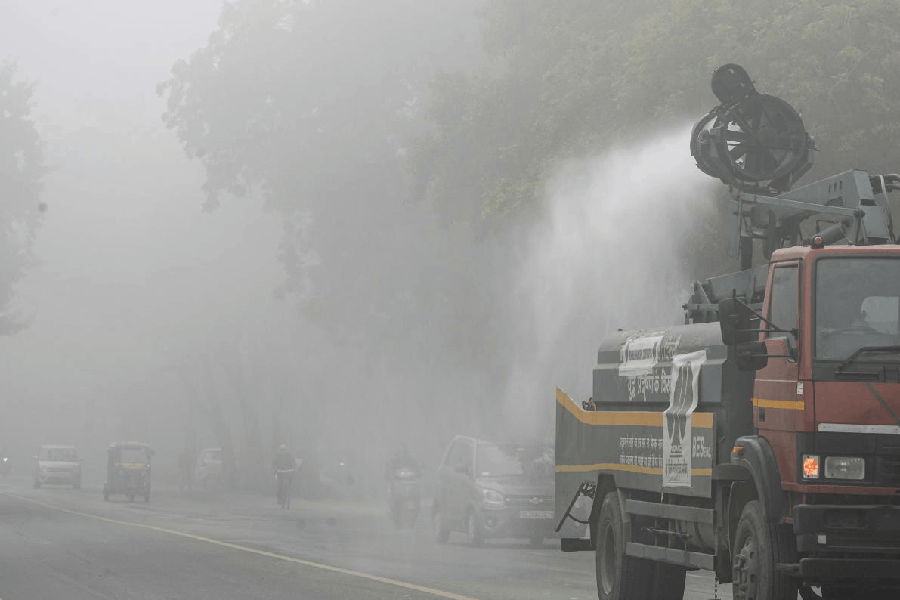 |
| Nests of Baya weaver birds seen on a coconut tree near Ganjam railway station. Pictures by Gopal Krishna Reddy |
Berhampur, Aug. 5: The number of nests of Baya weaver birds, better known as bai chadhei in Odia, is increasing in Ganjam district.
Environmentalists, who were worried about the steep decline in the population of these birds, are now breathing a sigh of relief.
“It is a positive sign as the population of weaver birds is declining fast elsewhere,” said Rabindra Kumar Sahu of Ganjam, an environmentalist, who is studying the behaviour of the weaver birds for the past five years and is engaged in Save Sparrow campaign in Odisha.
“At least 70 nests of Baya weaver birds have been seen on a coconut tree near Ganjam railway station. There are also another 150 nests scattered around the areas nearby on various trees. Last year, 80 weaver bird nests were seen in the area. There are about 50 nests at Khatiakuda near Humma, 30 nests at Kundapattu under Palibandha panchayat near Ganjam town and another 30 nests at Damodarpur. Interestingly, there are 30 nests on an electric wire near Aska town,” Sahu said.
These birds are best known for their elaborately woven nests. People often preserve their nests for decoration purposes.
Ecologists have requested the people residing near the small colonies of the weaver birds not to disturb them ord damage their nests.
“The people have responded well,” said the ecologist.
Ornithologist Salim Ali, in his work Book of Indian Birds, wrote: “The nesting season of this bird is from May to September coinciding with the southwest monsoon and paddy cultivation. The nest is a swinging retort-shaped structure with long vertical entrance tube, completely woven out of strips of paddy leaves and ruff-edged grasses suspended in clusters. Blobs of mud are stocked inside the dome near the egg chamber.”
U.N. Deb, another ornithologist, said the peculiarity of the nests of the weaver birds was that the male alone prepared the nest with utmost care and skill and the female alone incubated the eggs.
“The female chooses the male who is capable of preparing good nests. When the male finishes half the nest, the female inspects the nest and if she approves of it, they start mating and thereafter, the male finishes the nest and invites the female to occupy it and lay eggs. After that, the male starts building another nest and invites another female and the process is repeated five or six times in one season. Each bird lays three to four pure white eggs in a season,” he said.










